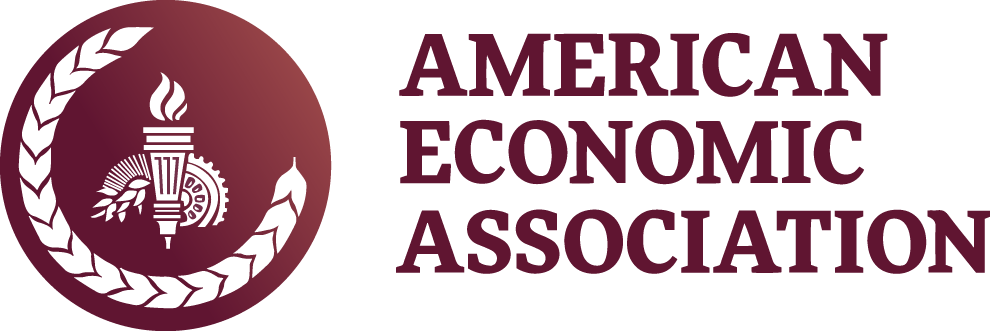Data and Code for: Competition and Entry in Agricultural Markets: Experimental Evidence from Kenya
Principal Investigator(s): View help for Principal Investigator(s) Lauren Bergquist, University of Michigan; Michael Dinerstein, University of Chicago
Version: View help for Version V1
| Name | File Type | Size | Last Modified |
|---|---|---|---|
| analysis-code | 06/05/2020 09:59:PM | ||
| cleaning-and-creation-code | 06/05/2020 10:00:PM | ||
| data_clean | 06/05/2020 10:01:PM | ||
| data_raw | 07/02/2020 12:39:PM | ||
| figures | 06/05/2020 10:02:PM | ||
| logs | 06/05/2020 10:02:PM | ||
| tables | 06/09/2020 04:07:PM | ||
| temp | 06/05/2020 10:05:PM | ||
|
|
application/pdf | 166.8 KB | 08/04/2020 09:55:AM |
|
|
application/vnd.openxmlformats-officedocument.spreadsheetml.sheet | 14.4 KB | 06/11/2020 03:18:PM |
Project Citation:
Bergquist, Lauren, and Dinerstein, Michael. Data and Code for: Competition and Entry in Agricultural Markets: Experimental Evidence from Kenya. Nashville, TN: American Economic Association [publisher], 2020. Ann Arbor, MI: Inter-university Consortium for Political and Social Research [distributor], 2020-11-23. https://doi.org/10.3886/E119743V1
Project Description
Summary:
View help for Summary
African agricultural markets are characterized by low farmer revenues and high consumer food prices. Many have worried that this wedge is partially driven by imperfect
competition among intermediaries. This paper provides experimental evidence from
Kenya on intermediary market structure. Randomized cost shocks and demand subsidies are used to identify a structural model of market competition. Estimates reveal
that traders act consistently with joint profit maximization and earn median markups
of 39%. Exogenously-induced firm entry has negligible effects on prices, and low take-
up of subsidized entry offers implies large fixed costs. We estimate that traders capture
82% of total surplus.
Scope of Project
JEL Classification:
View help for JEL Classification
D22 Firm Behavior: Empirical Analysis
D43 Market Structure, Pricing, and Design: Oligopoly and Other Forms of Market Imperfection
F12 Models of Trade with Imperfect Competition and Scale Economies; Fragmentation
L13 Oligopoly and Other Imperfect Markets
L81 Retail and Wholesale Trade; e-Commerce
O13 Economic Development: Agriculture; Natural Resources; Energy; Environment; Other Primary Products
Q13 Agricultural Markets and Marketing; Cooperatives; Agribusiness
D22 Firm Behavior: Empirical Analysis
D43 Market Structure, Pricing, and Design: Oligopoly and Other Forms of Market Imperfection
F12 Models of Trade with Imperfect Competition and Scale Economies; Fragmentation
L13 Oligopoly and Other Imperfect Markets
L81 Retail and Wholesale Trade; e-Commerce
O13 Economic Development: Agriculture; Natural Resources; Energy; Environment; Other Primary Products
Q13 Agricultural Markets and Marketing; Cooperatives; Agribusiness
Geographic Coverage:
View help for Geographic Coverage
Kenya
Time Period(s):
View help for Time Period(s)
2016 – 2016
Collection Date(s):
View help for Collection Date(s)
2016 – 2016
Universe:
View help for Universe
Maize markets in Western Kenya
Data Type(s):
View help for Data Type(s)
experimental data;
observational data;
survey data
Related Publications
Published Versions
Report a Problem
Found a serious problem with the data, such as disclosure risk or copyrighted content? Let us know.
This material is distributed exactly as it arrived from the data depositor. ICPSR has not checked or processed this material. Users should consult the investigator(s) if further information is desired.
